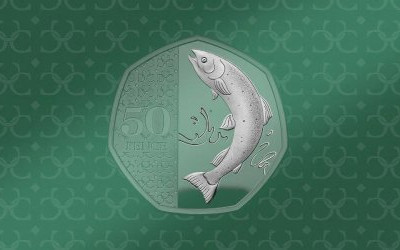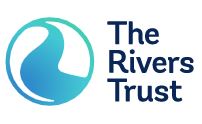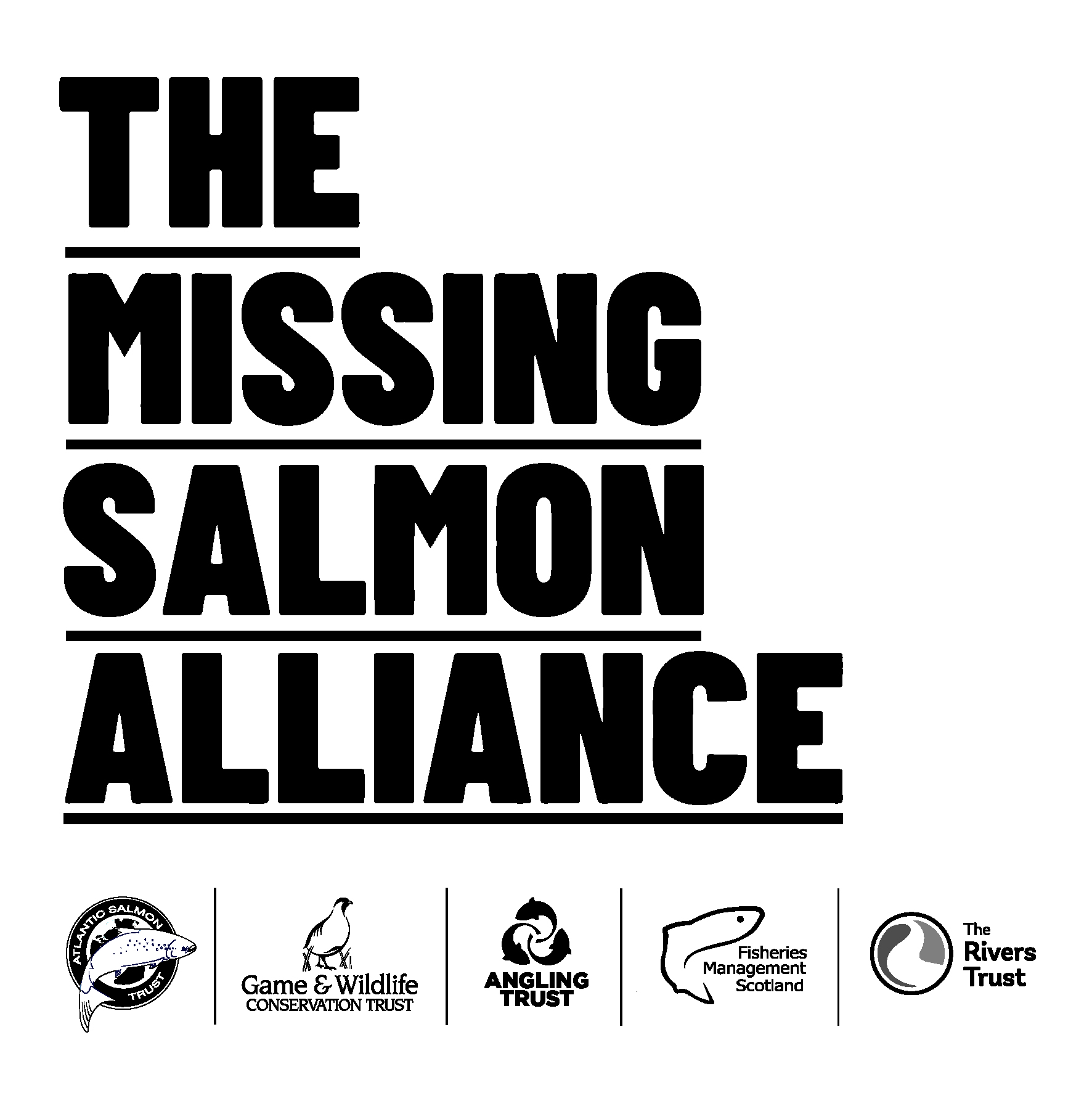Nature Finance Introduction
Fisheries Management Scotland wants to attract “nature finance” in support of FMS members delivering management actions for catchment scale river restoration action, to improve the medium to long term sustainability of Scotland’s rivers. Our work has been helpfully facilitated by The Rivers Trust and generously supported by the Esmée Fairbairn Foundation, The Missing Salmon Alliance, The Golden Bottle Trust and FIRNS (Facility for Investment Ready Nature in Scotland).
Significant investment is needed to protect and restore our precious river catchments and change how land and water is managed. Traditional funding from public, government and philanthropic sources falls far short of the scale of support needed to address the biodiversity and climate crises. Emergent nature finance secured from corporate ESG (Environmental, Social and Governance) commitments and institutional investors seeking social and environmental “impact” from their investments is gaining ground to fill this gap. We want to access these markets to bring in finance at scale for the delivery of actions that will improve the ecological status of Scotland’s rivers and ensure their long-term viability.

Impact investments are investments made with the intention to generate positive, measurable social and environmental impact alongside a financial return. However, investment structures for nature are poorly developed and there is a wide gulf between the needs of investors and the supply of investable nature projects. The governance, regulatory and policy frameworks required to define the investment readiness environment are still early in development. Therefore, we anticipate that blended finance (public and private), philanthropic finance, ESG and carbon-driven markets (woodland and peatland) will predominate meantime.
FIRNS River Catchment Restoration Portfolio Project
Our second FIRNS project – “The River Catchment Restoration Portfolio Project” completed in April 2025. the project used information from the recently published Fisheries Management Plans (FMPs) for Scotland’s 44 fisheries districts as its foundation. The FMPs were produced by members of Fisheries Management Scotland with the support of the Scottish Fisheries Coordination Centre, to facilitate the collation of local knowledge and highlight important management actions across Scotland’s fisheries and river catchments to benefit the habitats and ecology of our rivers. The plans provided the basis to develop a portfolio of delivery ready river restoration projects to be used as a representative investment preposition to corporate contributors for their investment into a river catchment restoration fund.
The FIRNS project worked closely with FMS members and stakeholders through on-site engagement activities and workshops to elicit input to the fund’s development. The project developed a Monitoring Framework covering how to establish baselines for different kinds of projects and what monitoring methods could be used to measure their impact. The project also developed a Community Engagement and Benefits Realisation Strategy to guide project developers on how to incorporate people benefits in river restoration actions. Finally, the project progressed the development of the fund itself and made recommendations for next steps to a launch. The outputs from the project are listed below;
- Workshops Report
- Monitoring Framework
- Community Engagement and Benefits Realisation Strategy
- Investment Potential Summary Report
- Preparing for Launch Report
- Project Portfolio Slidepack
This project was supported by The Facility for Investment Ready Nature in Scotland (FIRNS). Delivered by NatureScot in collaboration with The Scottish Government and in partnership with the National Lottery Heritage Fund.
FIRNS Source to Sea Nature Finance Model
A key aim of ours is to establish a funding framework that will enable our members and others to deliver locally tailored solutions to sustain healthy ecologically functioning river systems. We want to develop a legal and financial framework within which trusted transactions are made and ensure that such investment is made as part of a values-led, high-integrity market in line with the Scottish Government’s “Interim Principles for Responsible Investment in Natural Capital” that sets out the Scottish Government’s ambitions for responsible private investment in nature. To achieve this, we have recently completed a FIRNS (Facility for Investment Ready Nature in Scotland) project. FIRNS is delivered by NatureScot in collaboration with The Scottish Government in partnership with the National Lottery Heritage Fund. Our project, “Developing a Scottish source to sea, nature finance model” was in partnership with; Marine Directorate of the Scottish Government, Crown Estate Scotland, NatureScot and the Scottish Marine Environment Enhancement Fund (SMEEF). The project sought to build on SMEEF’s success and to make recommendations for its evolution and broaden its scope from the marine environment to include freshwater, hence “source to sea”, addressing ecological connectivity throughout the aquatic environment. The outputs from that project are listed here;
- Summary Document – this short document provides an overview of all the following documents.
- Final Report
- Stakeholder Engagement Report
- Corporate Engagement Report
- Workshop Learnings
- Community Benefits Report
- Roadmap and Next Steps
This project was supported by The Facility for Investment Ready Nature in Scotland (FIRNS). Delivered by NatureScot in collaboration with The Scottish Government and in partnership with the National Lottery Heritage Fund.
Supporting Our Members
We support our members to access nature finance opportunities as they arise, and it is encouraging to see successes in this area too. The Spey Catchment Initiative is working to develop a Landscape Enterprise Network (LENs), with the close involvement of the whisky industry. A LENs is a trading system for organising the buying and selling of nature-based solutions – land management measures that deliver ecosystem functions, such as water quality management, flood risk management, resilient supply of crops, carbon, or biodiversity outcomes. LENs allow businesses to de-risk operations that depend on ecosystem functions provided within a catchment, by paying land and water managers in the catchment to safeguard these functions. Also the Forth Rivers Trust has also secured a FIRNS award to develop a LENs for the Leven catchment in Fife, and Galloway Fisheries Trust has gained FIRNS funding to deliver a suite of habitat restoration projects across the Annan catchment. We are also exploring opportunities for implementing Biodiversity Net Gain (BNG) for river restoration action. BNG is a mechanism being used by some major infrastructure developers to ensure that positive measures to enhance biodiversity are measurably greater than the negative impact on biodiversity caused by their development.




